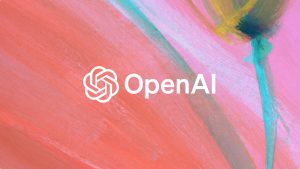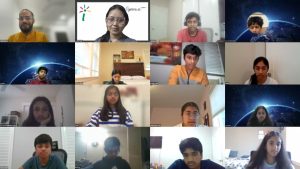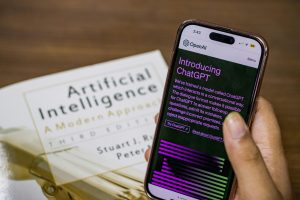Blog

How OpenAI is Pushing Boundaries in the World of Generative AI
OpenAI stands at the vanguard of artificial intelligence research and development, consistently breaking new ground with its generative AI technologies that push the boundaries from revolutionizing natural language processing with

Will GenAI Make Human Creativity Obsolete?
As we delve deeper into the 21st century, the rapid evolution of artificial intelligence, especially generative AI (GenAI), is reshaping numerous facets of human life. GenAI’s capabilities in emulating and

Strategies to Make Kids Ready to Face Future Job Market Challenges
In today’s fast-changing world, preparing our kids ready for future careers goes beyond traditional education. As parents and educators, we must equip the next generation with skills that transcend textbooks.

What Happens If We Don’t Teach the Application of Generative AI to Our Children?
In the rapidly evolving landscape of technology, Artificial Intelligence (AI) has emerged as one of the most transformative forces of our time. From enhancing daily conveniences to revolutionizing entire industries,

The 3 Day GenAI Creator Workshop for Kids in the US: An Initiative by TTA, Powered by {igebra.ai}
In the vibrant tapestry of technological education, a remarkable initiative woven by the Telangana American Telugu Association has captured the imagination of young minds across the United States. This visionary

Best Strategies for the Responsible Use of Generative AI in Education
Employing Generative AI in education can enhance learning outcomes, strengthen teacher performance and wellness, and foster equity in educational practices. Conversely, lacking such oversight, there exists the potential for privacy
